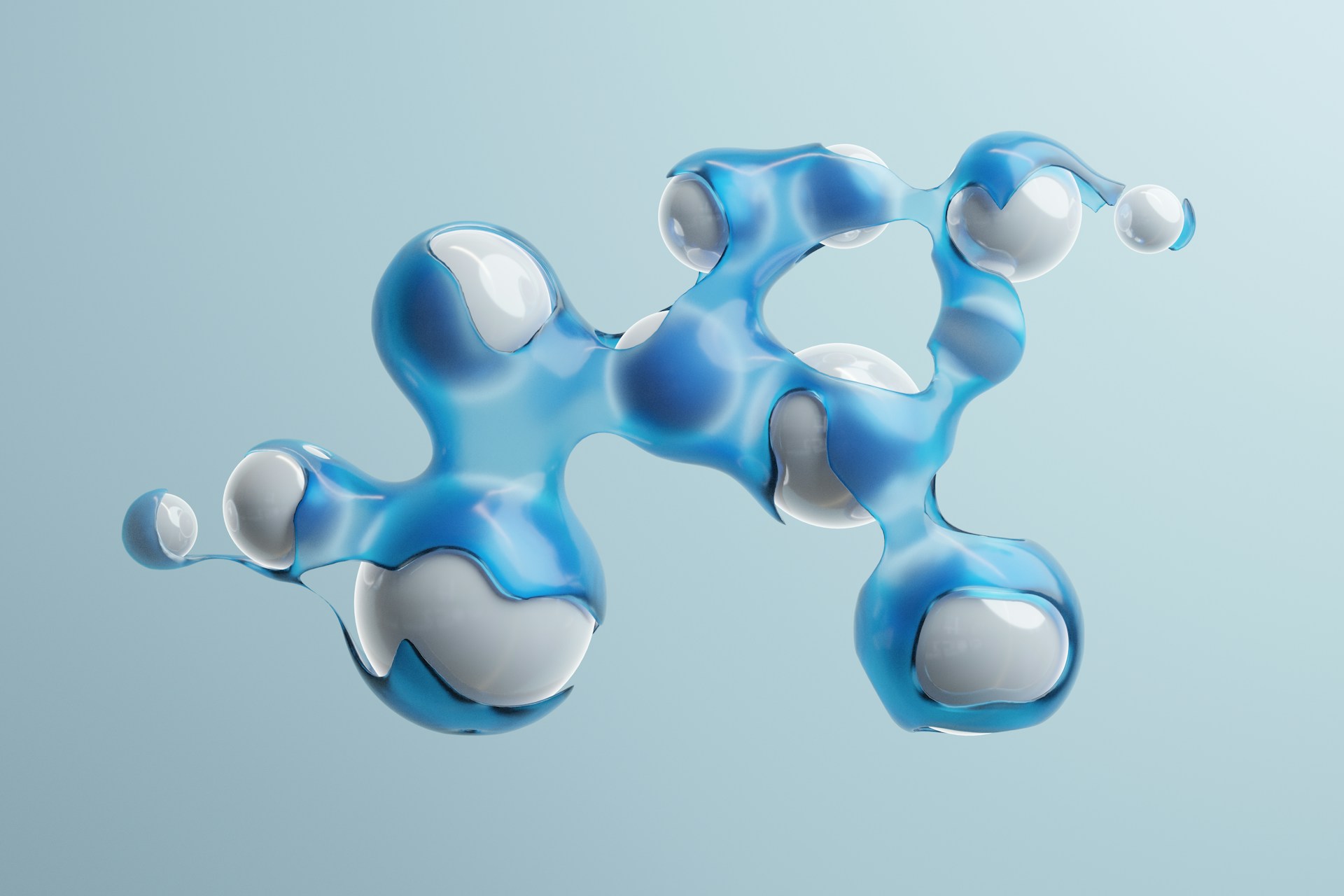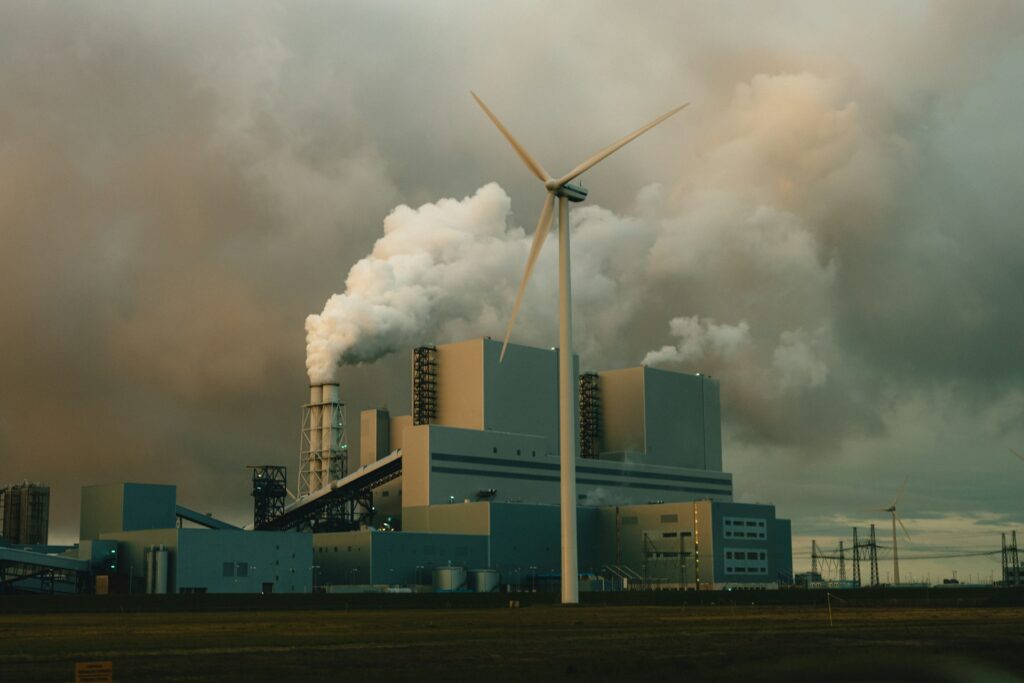Researchers at Northwestern University, led by Professor Chad A. Mirkin, have developed a new method to identify catalysts for clean hydrogen production that match or surpass iridium in performance but at a fraction of the cost. This work demonstrates a rapid, systematic approach to materials discovery that could transform the development of sustainable energy technologies.
Huang, J., Wang, Z., Liang, J., Li, X.-Y., Pietryga, J., Ye, Z., Smith, P. T., Kulaksizoglu, A., McCormick, C. R., Kim, J., Peng, B., Liu, Z., Xie, K., Torrisi, S. B., Montoya, J. H., Wu, G., Sargent, E. H., & Mirkin, C. A. (2025). Accelerating the Pace of Oxygen Evolution Reaction Catalyst Discovery through Megalibraries. Journal of the American Chemical Society, 147(34), 30956–30966. https://doi.org/10.1021/jacs.5c08326
The team used a platform called a megalibrary, a nanomaterial “data factory” containing millions of uniquely designed nanoparticles on a single chip. Each particle represents a precise combination of metals that may act as a catalyst for the oxygen evolution reaction, a key step in water splitting for hydrogen production. By screening vast combinations of four abundant metals; ruthenium, cobalt, manganese, and chromium; the researchers were able to identify an optimal composition for catalysis in a single day.
Professor Chad A. Mirkin, Northwestern University, stated,
“Our catalyst actually has a little higher activity than iridium and excellent stability. That’s rare because oftentimes ruthenium is less stable. But the other elements in the composition stabilize ruthenium.”
This approach addresses a critical bottleneck in hydrogen production. The oxygen evolution reaction is most effective when using iridium-based catalysts, but iridium is extremely rare, expensive, and typically obtained as a byproduct of platinum mining. With limited global supply, iridium cannot meet projected demand for clean hydrogen energy, making alternative catalysts essential.
The megalibrary allows researchers to test millions of compositions rapidly. Each chip contains hundreds of thousands of microscopic tips that deposit tiny dots of metal salts. When processed, these dots form nanoparticles of defined composition and size. Advanced scanning systems then evaluate their catalytic performance.
From this screening, a combination of ruthenium, cobalt, manganese, and chromium oxide was identified that exhibits activity equal to or greater than commercial iridium catalysts, with excellent long-term stability in acidic conditions. The new catalyst is significantly less expensive, roughly one-sixteenth the cost of iridium-based materials.
The research demonstrates that megalibraries not only accelerate the discovery of high-performing catalysts but also enable their scaling to device-level applications. The team validated the performance in laboratory devices and conducted extended testing, confirming stability for over 1,000 hours.
The method also generates large datasets suitable for artificial intelligence and machine learning analysis, allowing rapid prediction of high-performing compositions in future studies. Northwestern researchers, in collaboration with TRI and Mattiq, a Northwestern spinout company, are already using these datasets to guide the development of next-generation catalysts for batteries, biomedical devices, and other technologies.
Professor Mirkin emphasized the broader implications of this approach. By systematically exploring a large chemical space, scientists can move beyond the limitations of historically used materials and identify optimal compounds for a wide range of applications. This strategy has the potential to accelerate sustainable energy solutions and provide more accessible, cost-effective alternatives to rare, expensive materials like iridium.
This study showcases how combining advanced nanofabrication tools with systematic high-throughput screening can overcome longstanding challenges in materials science and catalysis, paving the way for more efficient, scalable clean hydrogen production.

Adrian graduated with a Masters Degree (1st Class Honours) in Chemical Engineering from Chester University along with Harris. His master’s research aimed to develop a standardadised clean water oxygenation transfer procedure to test bubble diffusers that are currently used in the wastewater industry commercial market. He has also undergone placments in both US and China primarely focused within the R&D department and is an associate member of the Institute of Chemical Engineers (IChemE).



